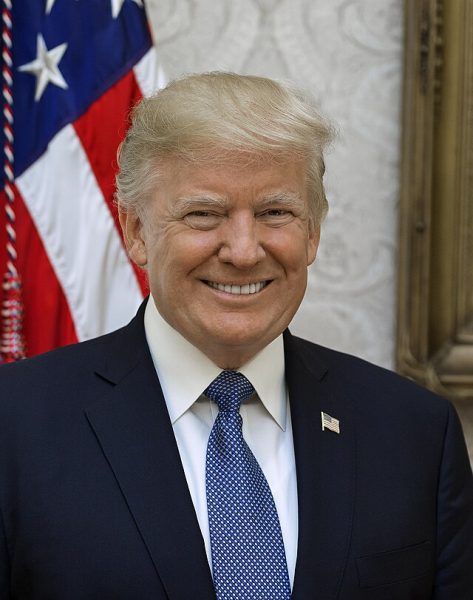The Trump Administration has proposed modifications to the Endangered Species Act (ESA) that aim at balancing conservation efforts with economic considerations.
These changes focused on redefining certain protections to streamline regulatory processes and potentially reduce the burdens on industries such as agriculture, real estate, and energy.
The Key Changes Proposed
The administration seeks to revise the definition of “harm” under the ESA to exclude habitat modifications unless there is direct intent to harm the species.
This adjustment aims to differentiate between incidental habitat changes and deliberate harm, potentially facilitating development projects in areas previously restricted due to habitat concerns.

They also have a proposed rule that would allow federal agencies to consider economic impacts when determining whether to list a species as endangered or threatened.
Supporters argued that this approach ensures that conservation efforts are balanced with economic realities, while critics express concern that it may lead to the exclusion of species that could be economically significant.
A senior at ERHS, Sofia Billups, gives her opinion: “I think isn’t the best idea to do this because this is their natural habitat and reducing protections could lead to the potential endangerment of their species.”
The administration also proposes that by limiting the designation of critical habitats to areas currently occupied by the species, exlucding areas that could be restored or are necessary due to climate change impacts.
This change aims to focus resources on immediate conservation needs, however, this may overlook long-term habitat requirements.
Support and Criticism
Proponents of these changes include certain industry groups who argue that they will lead to more efficient use of resources and reduce regulatory burdens.
They believe that such adjustments will facilitate development projects while still maintaining necessary conservation efforts.

Conversely, environmental organizations and conservationists express their concerns that these modifications could weaken protections for vulnerable species and hinder long-term biodiversity conservation.
Rachel Cong, a senior at ERHS, mentions that “I think protecting endangered animals is important in maintaining balance in various ecosystems. If we lose a species or animal, it can cause damage to our environment.”
They advocated for maintaining the current definitions and protections to ensure the survival of endangered species.
The Legal and Public Response
The proposed changes are subject to a public comment period, which allows stakeholders to express their views.
Additionally, legal challenges may arise if the modifications are finalized, particularly if they are perceived to conflict with the original intent of the ESA.
The outcome of these processes will determine the future direction of the endangered species conservation policies.
In Conclusion
The Trump Administration’s proposed adjustments to the Endangered Species Act represents an effort to recalibrate conservation strategies in light of economic considerations.
While these changes aim to streamline regulatory processes, they also prompt important discussions about the balance between development and environmental protection.
The ongoing public and legal discourse will be crucial in shaping the future of endangered species conservation in the United States.







